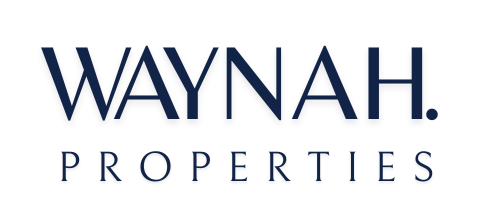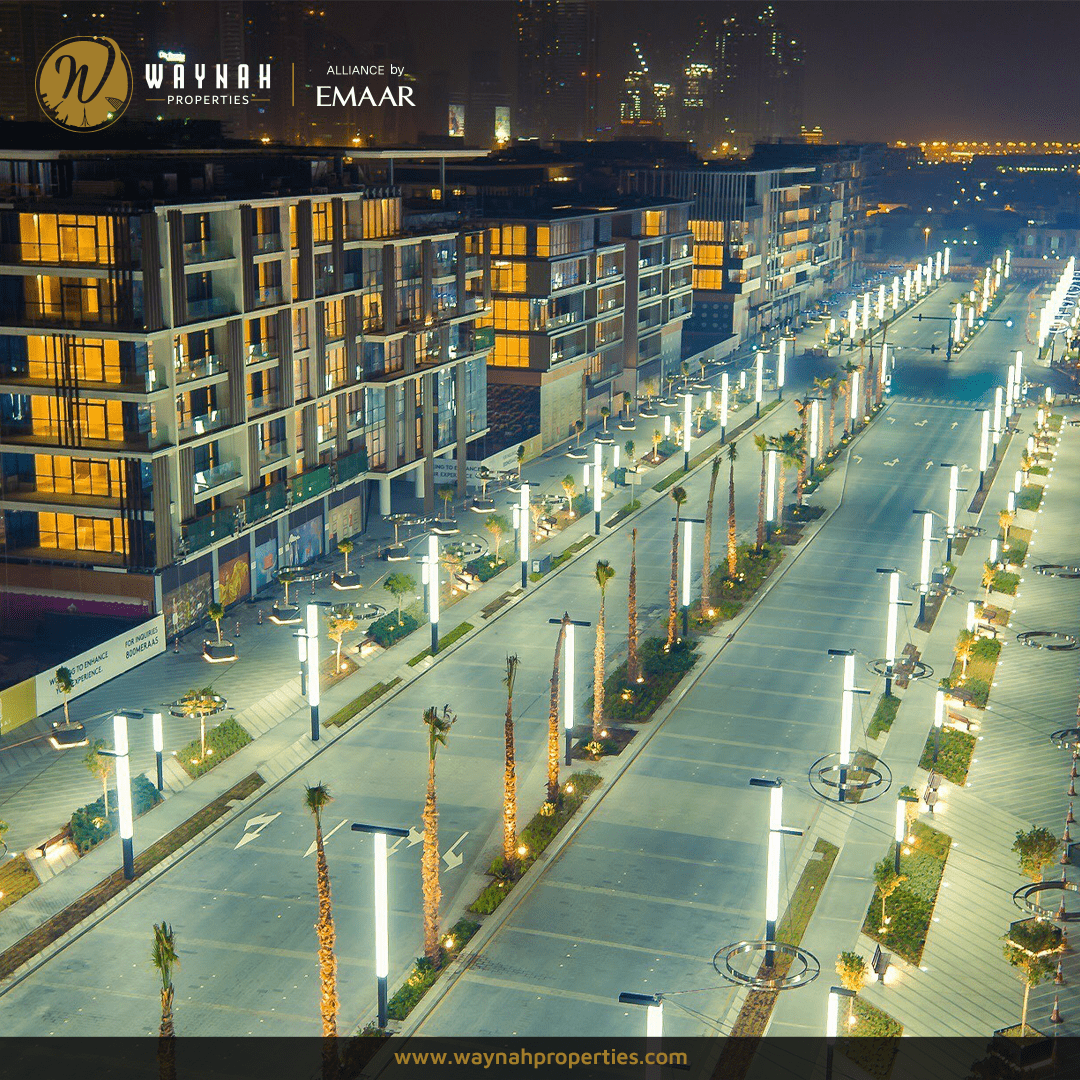As the UAE celebrates its 51st anniversary in 2022, let’s take a look at the history of its successful property market. Dubai is one of the seven emirates of the UAE and is located in the southeast of the Persian Gulf on the Arabian Peninsula. Among its sister emirates, Dubai is the most popular and second largest in land area after Abu Dhabi.
In line with UAE policy, Dubai retains the same negotiating and veto power as Abu Dhabi, the capital of the UAE, on all matters of national importance. The real estate industry is an important pillar of the economic diversification of the United Arab Emirates. The UAE government is focused on boosting the country’s economy to reduce economic dependence on oil and gas revenues. Real estate activities generate 5.5 percent of the UAE’s GDP (Gross Domestic Product).
Today we know everything about the current achievements and current rules in the real estate field in Dubai. But today nobody knows much about the birth and history of real estate in Dubai. But what we are going to talk about here is the history of real estate in Dubai. Let’s discuss it in detail here. The real estate industry that we see today has been shaped by many important and revolutionary decisions and policies.
It is a fact that the real estate market in Dubai started in 2002 when His Royal Highness the Sheikh of the United Arab Emirates, Vice President, Prime Minister and Ruler of Dubai announced property rights for non-residents. Private investors invested heavily in the Dubai real estate market which sold like hot cakes and led to the development of Palms, Jumeirah, Spring etc. Thus, its success led to a large influx of foreign capital and the development of Dubai as a major residential, business and tourist destination . According to the Dubai Statistics Centre, Dubai had a population of 1,010,751 at the time, of which 75% were expatriates or Foreigners.
The same could be said of Abu Dhabi if Law No. 19 of 2005, allowing first-time property rights in the emirate, came into force. The legal framework in the Northern Emirates is patchy in some areas, but it is slowly evolving.
Since 2003, the supply of property in Dubai has accelerated and expanded across the emirate, with Emirates Living completing 3,364 properties rather than dispersing them around the river area. In 2004, 5 new developments in the marina were sold, 654 apartments, and was the catalyst for one of the most popular residential areas and a vibrant community, construction of which ended in 15 years. In 2005, Arabian Ranches delivered 823 properties and 319 apartments to the marina. In 2006 Emirates Living developed a further
,5,990 properties and delivered 3,555 apartments in the Marina.
Jumeirah Lake Towers was introduced in 2007, with 2,665 units completed, 2,153 in marina and 1,393 apartments in Arabian Ranches. In 2008 and 2009, 52,297 properties were launched, including 2,409 new Palm Jumeirah properties. The first “affordable” properties are 25,412 apartments in Discovery Gardens, 1,425 properties in Dubai Silicon Oasis and 6,250 properties in Jumeirah Lake Towers.
RERA (Real Estate Regulatory Authority) was established in 2007 at the time of Dubai’s real estate boom, the agency has introduced various rules and regulations to streamline land transactions property or real estate and register the property in Dubai.
In 2008, real estate transactions were made public for the first time, at which time property prices in Dubai averaged 2,197,956 AEDC for villas or townhouses and 1,375,068 AEDs for apartments. Oqood was launched following the adoption of Law 13 in 2008, which assigned some responsibility to developers and paved the way for unplanned listings.
After 2008, the main challenge was to restore investor confidence in the market. However, Dubai has put in place a number of measures to prevent the market from heating up like it did before 2008, and these measures have been successful.
In 2009, the collapse of the world’s major banks and losses of billions of dollars worldwide in all sectors. Unfortunately, this affected the Dubai property market in 2010, with villas or townhouses down 8% in 1 year and apartment sales down 49%.
Before 2011, the Dubai real estate market suffered a loss and investors were not interested in real estate transactions. In the fourth quarter of 2011, the Dubai real estate market had a significant recovery and regained its growth momentum. Real estate rental and selling prices also showed considerable stability. Experts predict that the market will bottom out in the first 6 months of 2012. This prediction came true when the real estate market stabilized in the first quarter of 2012.
Since 2012, Dubai has led a significant recovery in the property market. This is due to a slow market recovery, capital investment in real estate and the growing influence of China and India in the rapidly growing investment market as investors seek investment opportunities. .
However, Dubai’s leaders were quick to establish a strong legal and regulatory framework to encourage the emergence of more stable and sustainable housing types. In the second quarter of 2015, prices increased compared to 2010, with an average increase of 13.3% for villas or townhouses and 37% for apartments. The average price in 2015 for all residential properties transferred exceeds the prepayment price.
Dubai, meanwhile, reformed laws regarding FDI in real estate through institutional investor programs and by announcing investment facilities into the market. From the fourth quarter of 2016 to the beginning of 2019, apartment prices tended to decrease steadily. Villa or townhouse prices fell in early 2016, but hit a nine-month high through Q4 of 2078 to return to the median sale price of 1,825,843 dirhams. In November 2019, the average selling price of an apartment on the secondary market was AED 166841, compared to AED 3247207 for a villa or townhouse.
In terms of landlords and tenants, the rent index was introduced in 2013. The Ejari system has been in development for the past 10 years and a standard lease was introduced last year. While these are positive in terms of protecting the rights and safety of tenants, new tenancy laws have been enacted to distinguish between commercial and residential leases, which will be an added bonus. welcome addition to property rules from Dubai.
The Dubai property market is experiencing a significant recovery as prices and demand for residential properties tend to be higher. While other factors are at play, the growth is largely driven by Expo 2020 Dubai, with regions closer to the show’s global venue performing better.
Today, the real estate market in Dubai has developed comprehensively. Regulatory changes such as an increase in land registration fees and the regulation of mortgage ceilings are two key factors that have helped the market to reduce volatility in price changes.
In the future, new tourist routes such as theme parks, infrastructure and pre-Exposition 2020 developments will be the main drivers of demand for the city’s population and indirectly for property rights. Home ownership.
Although rental income has declined over the past two years, Dubai’s real estate market is considered one of the most attractive and reliable in the world due to its financial and political stability.
According to the Dubai Land Department (DLD), the total sales value for the first ten months of 2021 is 177.44 billion dirhams, an increase of more than 38% in transactions and 63% in value – the highest ever recorded. Data recorded from 2015.
During the period of 2019-2020, the real estate sector faced a major crisis due to covid 19, but the Dubai 2020 exhibition that took place afterwards helped the real estate sector to overcome. all these convulsions and return to the same state as before.
The past 50 years have laid the groundwork for strong growth, equipping the United Arab Emirates with the resilience to navigate uncharted waters and face anything unexpected. can happen.
Due to the economic downturn and other dire circumstances, Dubai’s real estate sector has been destroyed in many situations, the closure and working from home situation has caused many residents to move to villas in search of larger spaces and private outdoor spaces. But the real estate sector in Dubai has returned to its old state and achieved excellent results very quickly.
2022 will see some new project announcements and projects that were paused before restarting. The improvement in rents in the second half of 2021 is expected to continue into 2022 and the villa market is expected to continue to be active.
Recent government regulatory reforms related to business, labor market, foreign ownership and visas are expected to boost demand for office and residential properties.
In a nutshell, the above is an approximate timeline to show how quickly the Dubai property market is recovering and stabilizing, but these numbers represent Dubai and the various regions with different fruit. Signing up for Okhood in 2008, plan subscriptions and most importantly, supply and demand in the emirate influenced the figures.





